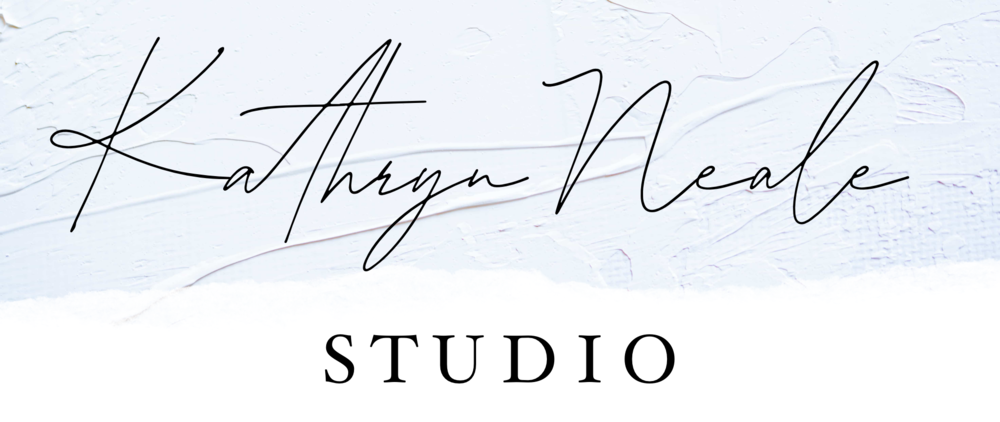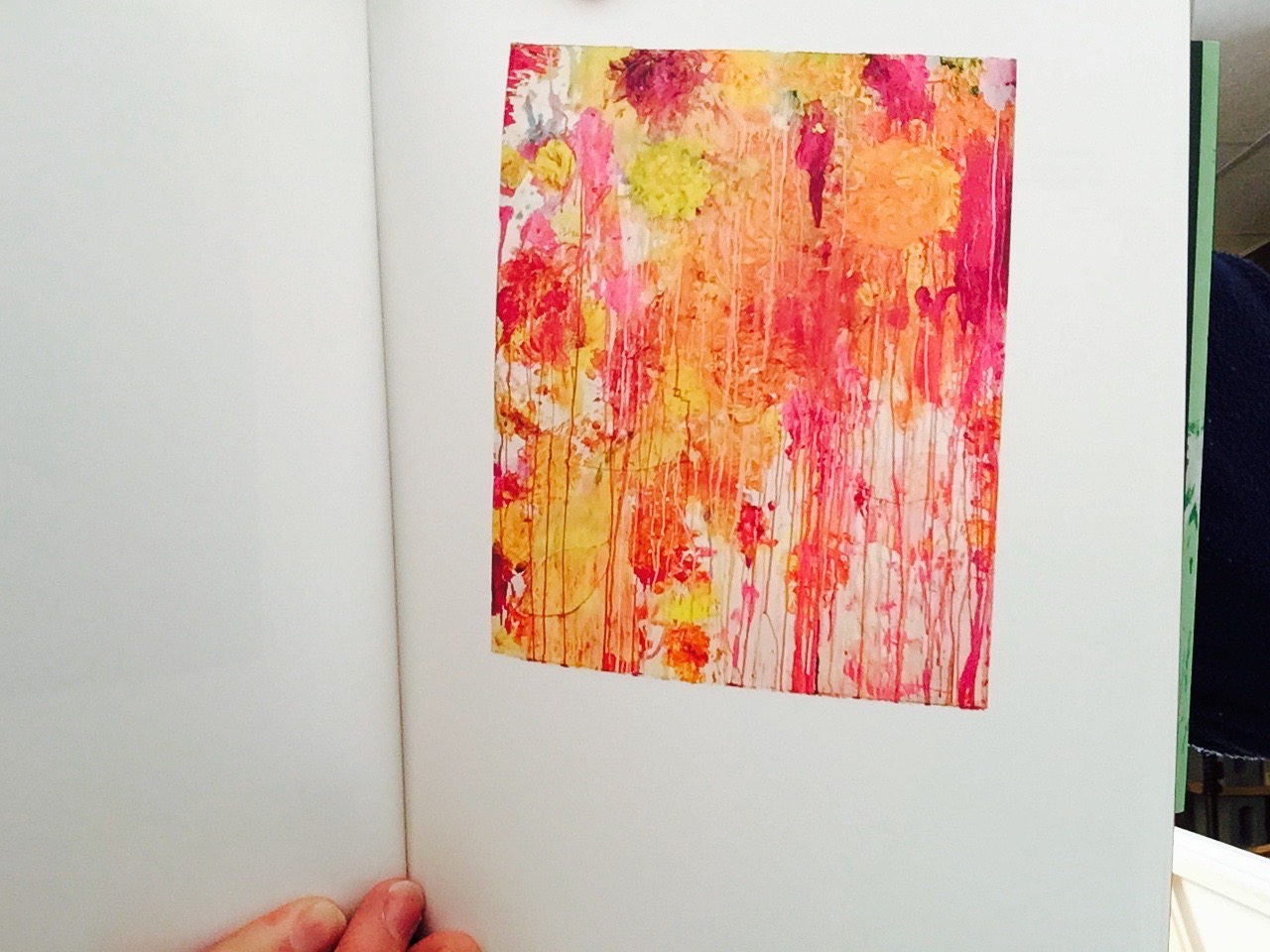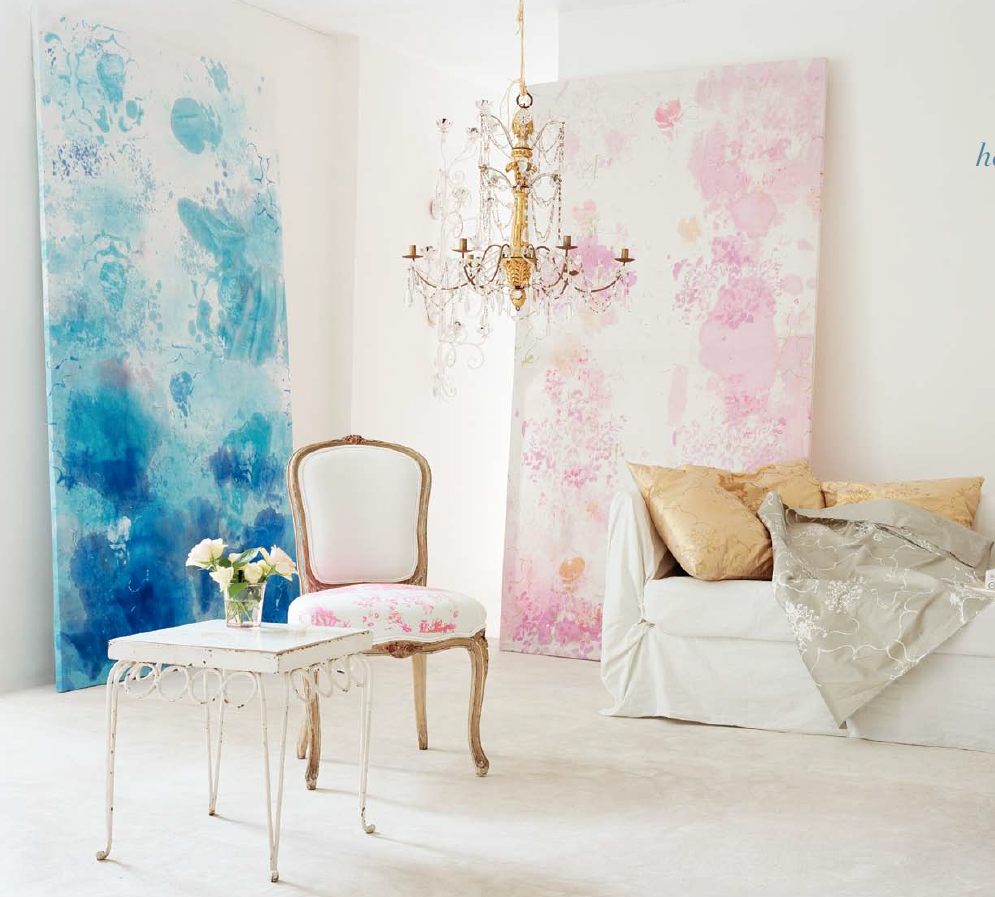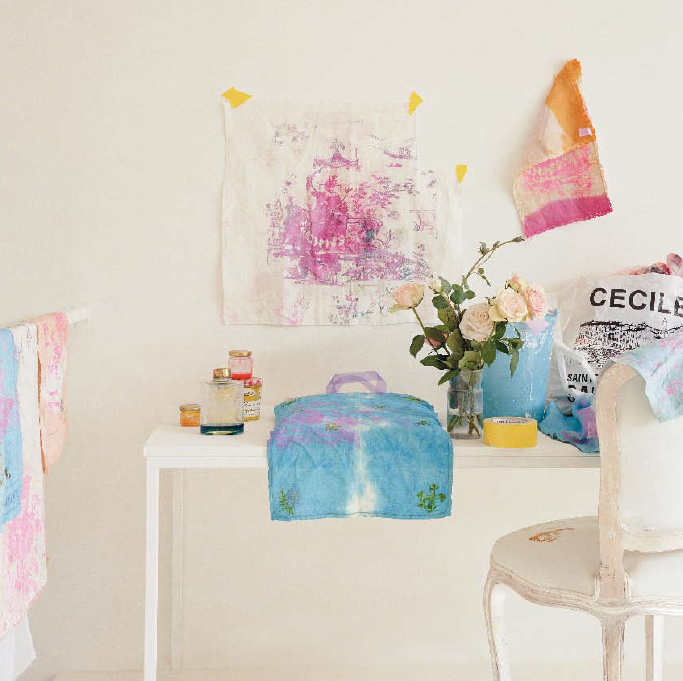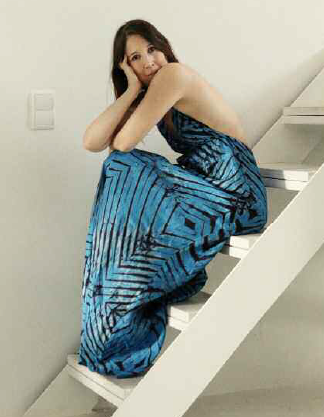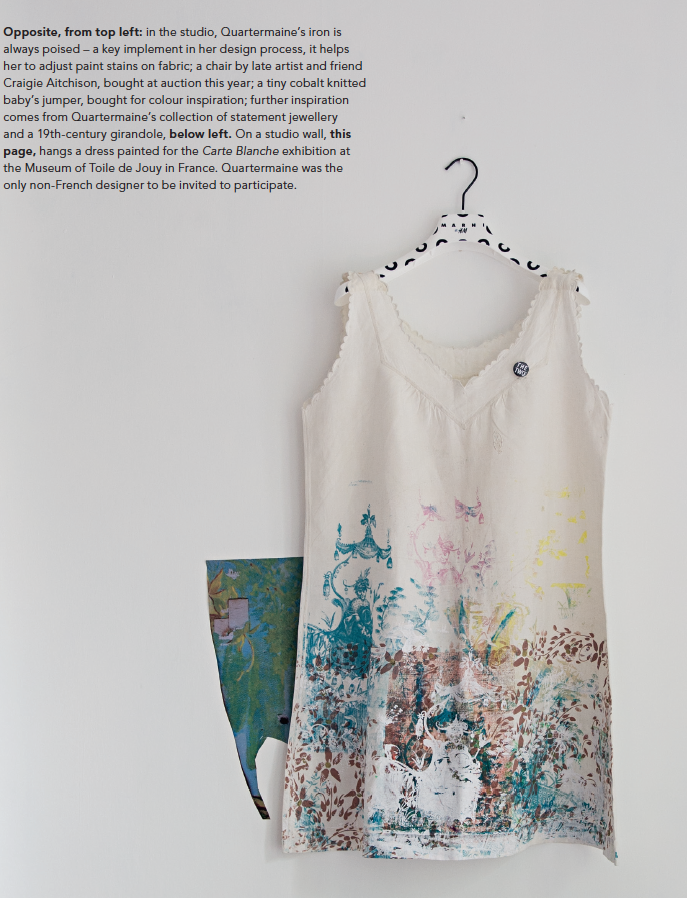If you haven't come across the work of Cy Twombly you're definitely missing out. He is by far one of my favorite artists that I found early on in my young art career, very first semester of my first masters program at Eastern Illinois University. Back then (fall of 2007 actually!) it's hard to believe that not a lot of people knew about Twombly's work except in Europe for decades. He was part of the generation of Jackson Pollock, Robert Rauchenburg and Jasper Johns but did not soar to fame here in the US because he choose to live out the rest of his life in Italy starting in 1957. You could argue that just in the past decade or so, Cy Twombly has now gained his well-deserved popularity in the US and of course is appreciated all over the world. But I would say that the mass population now is starting to recognize his work, not just among the art world elite.
You've probably seen his work because I see so much of his work exploding through all these social media channels we have available (especially Pinterest because his work is so vividly colorful and expressive), but perhaps you didn't make the connection that it was him.
I first came across his work while doing a paper on him for an art history class in my first master's at Eastern Illinois University. I instantly was fascinating by his vast vocabulary of mark making. His earlier work in the 1950's was inspired by all the grafitti found all over Rome. He is also part of the generation that used massive mural-like canvases to paint imposing themselves on the viewer almost as if we could step into his world. Later on in life, specifically in the 90's, he was fascinated by the motif of the flower symbolizing birth, life and decay. He has also been known for his extensive work in photography and sculpture but of course his paintings are what has fascinated most of his fans.
You can read a TON about his work all over the internet. He used to be much harder to find but now it's just everywhere. He was fascinated all his life by great works of literature (ancient and modern), ancient history, symbolism, myths and poetry. But as a student of a visual medium, I personally keep going back and back to his artwork because I love his compositions, his freedom in his expression, his soulful motifs that are timeless and his ability to portray his thoughts/ideas or a prose or a phrase in such a poetically abstract way. But he also focused on the process of writing. Many of his works are inspired by writing, scribbles and doodles but they don't convey any direct meaning.
To see some of his larger works in person is pretty spectacular. You can really feel his frenzied brushwork that he is known for and the richness and depth of his layering. Some of his larger works are presented in a series of canvases stretching over walls.
I think one of my favorite quotes that have really stuck with me through the years is when Twombly is interviewed, he remarks that he never really ever though of himself as an "artist":
I mean when it does come, it's natural. I don't force it, which would be in those periods when it's kind of barren. I'm not a professional painter, since I don't go to the studio and work nine to five like a lot of artists. When something hits me, or I see a painting, or when I see something in nature, it gives me a thing and I go for it. But I don't care if I don't go for three or four months. You know, when it comes it comes.
I love that. Throughout his life he rarely took any interviews and wasn't in the spotlight like some of his other contemporaries that were given so much US press. To read an interview with his is like mining for gold because he seemed to allow them more when he got older. But here I love that he matter-of-factly refutes a massive stereotype of artists - that we think of them as slaving away day in and day out to make their creations. Certainly sometimes the process is that labor-some. But personally, going through art school especially, I instantly connected with this statement. I never have been able to go into my studio from "9-5" everyday and just work consistently either. It has been encouraging to note that sometimes it doesn't work that way. Sometimes you think for months, maybe years and contemplate and then it just "comes out" in 20 minutes.
Writing this post certainly reminds me to go back to his work and look through and get inspired again.
I liked this article about Twombly's "Key Ideas" in his works
